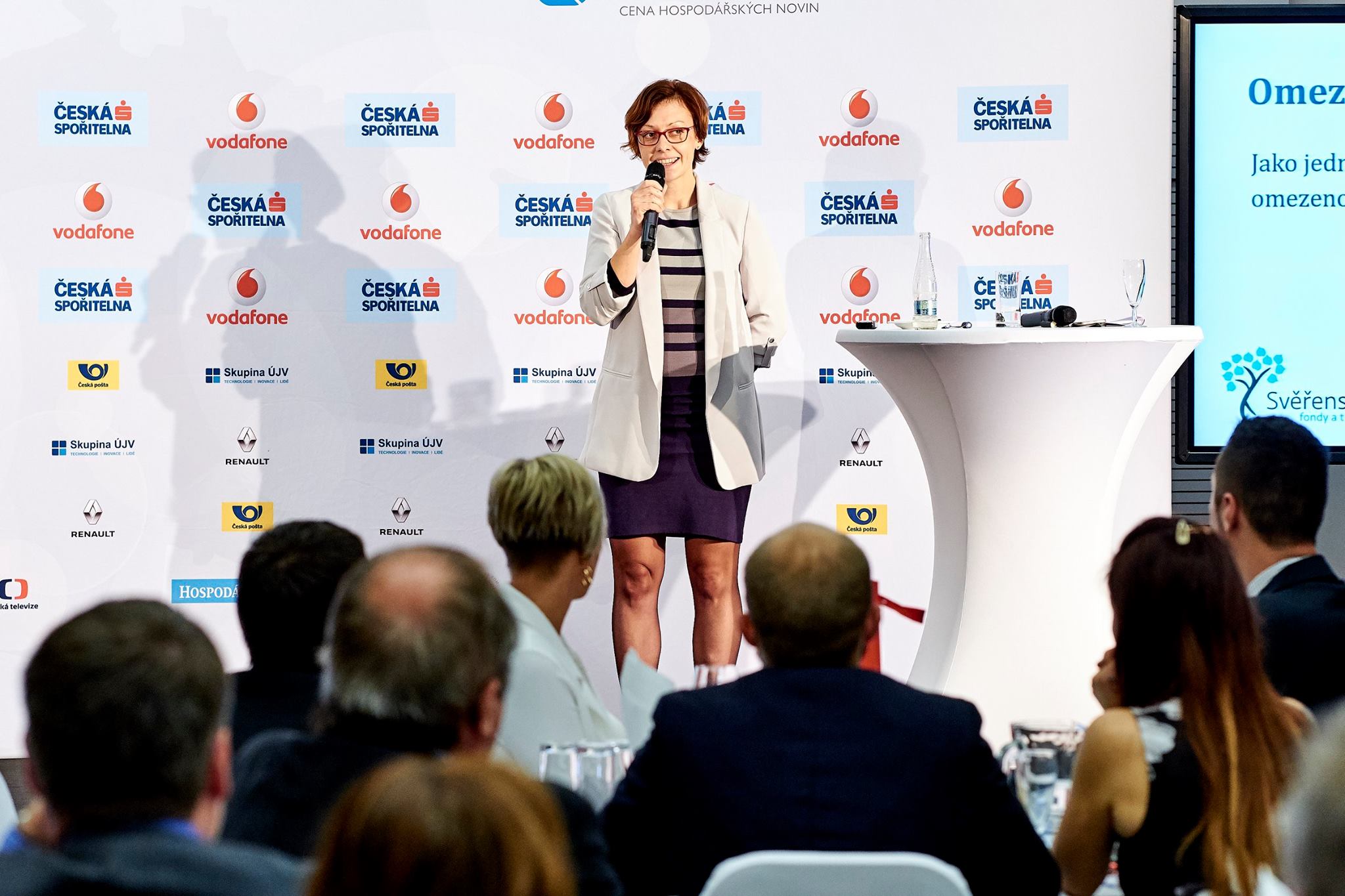Example of a positive use of Svěřenské fondy
Business succession
So much has been made of the (mostly imaginary) negative uses of Svěřenské fondy, the new institute introduced in the Czech Civil code, that their very many positive uses are often overlooked.
In this article we provide on example. Over the month ahead we will provide many more.
Let’s take an imaginary client: We’ll call him Marek.
Marek is a successful Czech entrepreneur who worked hard in the 90’s and is now the owner of a substantial and successful business of which he is justifiably proud. In addition, the business is a major employer and makes a very positive contribution to the Czech economy, especially in Marek’s home village where it has a factory which employs many local people.
Marek has two children. Let’s call them Hubert and Maximilian. Hubert believes he is a highly talented and clever businessman, but his track record so far has not been good, with almost every venture in which he has been involved failing. Marek is worried that if Hubert gets control of the company a similar outcome will ensue. In contrast Maximilian seems to be very astute and clever, but he is currently only 18 years old and lacks the experience he needs to take control of something as substantial as Marek’s company.
The problem is that Marek is getting older, and is starting to think about the future.
Until now, his choices have been limited.
He could of course sell the business, relax and enjoy his retirement – but for Marek this is not an attractive option. He invests considerable pride in his business and it would sadden him to see it in the hands of strangers who could well decide to merge his business with their other operations and even potentially shut down the factory in his home town.
He could pass the business on to his sons, but, for the reasons mentioned above, this doesn’t seem to be the right time, and in any case, this would invariably create conflict within the family.
Neither option really appeals
But now he has a new choice. Using a svěřenský fond he can now separate the ownership and control of his business. This means that until he retires, he retains full control and ownership of all aspects of the business, but that when he dies what passes to his sons will be only the ownership of the business, but not control. Control will instead remain in the hands of an independent Board of Directors, appointed by Marek who will continue to manage the company successfully and for the long term benefit of the shareholders. They will hand control on to the the children only if and when they are competent to recive it. This structure can also be designed to allow senior management of the company to take a more active role, including opportunities for equity participation – if that’s what Marek wants.
The end result of this structure means that the business will survive intact, Marek can enjoy his retirement in peace, family conflict is avoided, and perhaps most importantly, the jobs of the factory workers in Marek’s home town will be secure.
Creating this structure is relatively easy, but in order to ensure it is robust, it is absolutely essential that the documentation is drawn up by experienced professionals.
Of course this is only one of many positive uses of Trusts. We will be preparing more similar examples over coming months.

